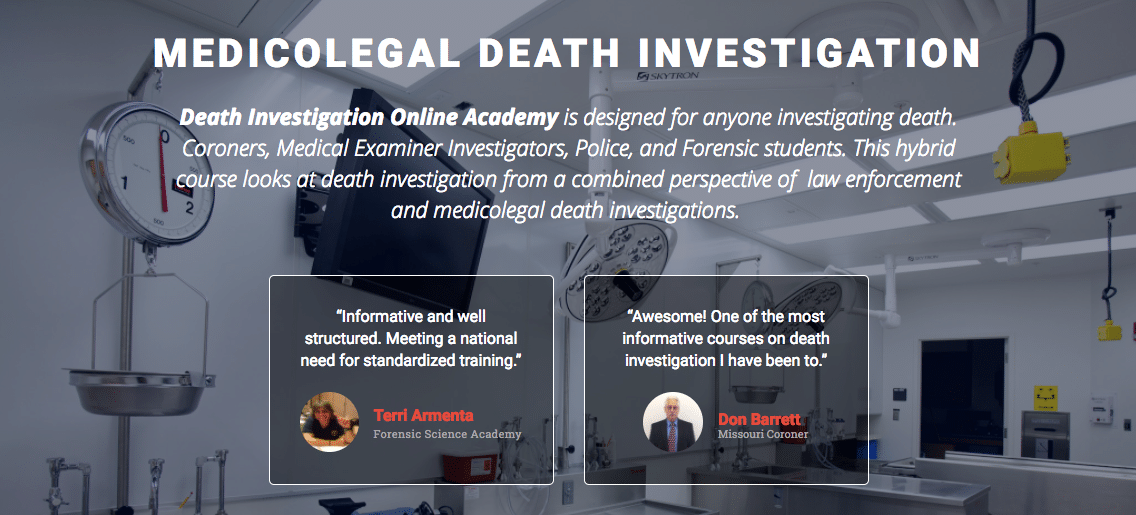 Not every suicide will have notes, it is estimated that only 25–30% of suicides are accompanied by a note.But it is important an investigator look for writings in journals; both in written pages and electronic applications in cell phones and computers.
Not every suicide will have notes, it is estimated that only 25–30% of suicides are accompanied by a note.But it is important an investigator look for writings in journals; both in written pages and electronic applications in cell phones and computers.
Many times a final note will not be left but past writing which indicates suicidal thoughts will be found.
According to Lenora Olsen, the most common reasons people contemplating suicide choose to write a suicide note include one or more of the following:
- To ease the pain of those known to the victim by attempting to dissipate guilt.
- To increase the pain of survivors by attempting to create guilt.
- To set out the reason(s) for suicide.
- To express thoughts and feelings that the person felt unable to express in life.
- To give instructions for disposal of the remains.
- Occasionally, to confess acts of murder or some other offense.
Teen suicide is a growing health concern. It is the second-leading cause of death for young people ages 15 to 24, surpassed only by accidents, according to the U.S. Center for Disease Control and Prevention.
According to experts Michelle Moskos, Jennifer Achilles, and Doug Gray, causes of suicidal distress include psychological, environmental and social factors. Mental illness is the leading risk factor for suicide. Suicide risk factors vary with age, gender, ethnic group, family dynamics and stressful life events. According to a 2016 fact sheet distributed by the National Institute of Mental Health, research shows that risk factors for suicide include depression and other mental disorders, and substance-abuse disorders (often in combination with other mental disorders). More than 90 percent of people who die by suicide have these risk factors. The risk for suicide frequently occurs in combination with external circumstances that seem to overwhelm at-risk teens who are unable to cope with the challenges of adolescence because of predisposing vulnerabilities such as mental disorders. Examples of stressors are disciplinary problems, interpersonal losses, family violence, sexual orientation confusion, physical and sexual abuse and being the victim of bullying. http://www.apa.org/research/action/suicide.aspx
One in five teenagers in the U.S. seriously considers suicide annually, according to data collected by the CDC. In 2003, 8 percent of adolescents attempted suicide, representing approximately 1 million teenagers, of whom nearly 300,000 receive medical attention for their attempt; and approximately 1,700 teenagers died by suicide each year. Currently, the most effective suicide prevention programs equip mental health professionals and other community educators and leaders with sufficient resources to recognize who is at risk and who has access to mental health care.
In this episode
We reveal letters and journal entries written by a 14-year-old boy who suffered deep depression and ultimately chose to end his life. Through these letters, written in a personal journal, the investigator could see a downward spiral in emotions and past attempts.
This episode is raw and very real!
Free 12 week email course. Receive a new training and video to your inbox every week for 12 weeks. This is real training and will give in detailed actionable steps to becoming a better investigator.
Sign up today at:
 Medicolegal Death Investigation – Online Academy
Medicolegal Death Investigation – Online Academy

The Death Investigation Training Academy was founded to play an integral role in the death investigation community. The need for quality accredited training is in short supply and high demand. Using a combination of classroom training, live on site scenario exercises, and web-based training, the Death Investigation Training Academy is filling the need of 21st-century investigators.
coroner,police training, darren dake,sheriff,deputy,coroner association,murder scenes,auto fatalities,csi,first responders,autoerotic fatalities,become a coroner,forensic science crime scene investigation,forensic science crime,scene investigator,forensic training,forensics training,how to be a crime scene investigator,how to become a death investigator,how to become a medical examiner,how to become a medical examiner investigator,medical examiner investigator training,medical investigator training,medicolegal death,medicolegal death investigator training,murder scenes,pictures of murder scenes,murder,real murder crime scenes,traffic deaths,traffic fatalities,what does it take to be a coroner,what does it take to be a criminal investigator,firefighter,fire training,firefighter training,autoerotic fatalities,become a coroner,coroner information,crime scene clean up training,crime scene cleaning training,crime scene cleanup training,crime scene investigation,crime scene investigation classes,crime scene investigator courses,crime scene investigator school,crime scene jobs,crime scene photography,crime scene photography training,crime scene technician,crime scene technician training,crime scene training,criminal investigation,criminal investigator,criminal justice,criminal justice forensic science,criminal justice forensics,criminal scene investigation,death crime scenes,death investigation training,death investigator training,death investigators,forensic death investigator,forensic investigator,forensic photography, crime scene clean up,crime scene bio-hazard, using plants in criminal investigation,forensic botany,dr.jane bock,death investigator magazine,dr judy melinek,badge of life,american college of forensic examiners,acfei,american board of medicolegal death investigators,abmdi,matthew lunn,underwater crime scene,mike berry,online learning,lopa




